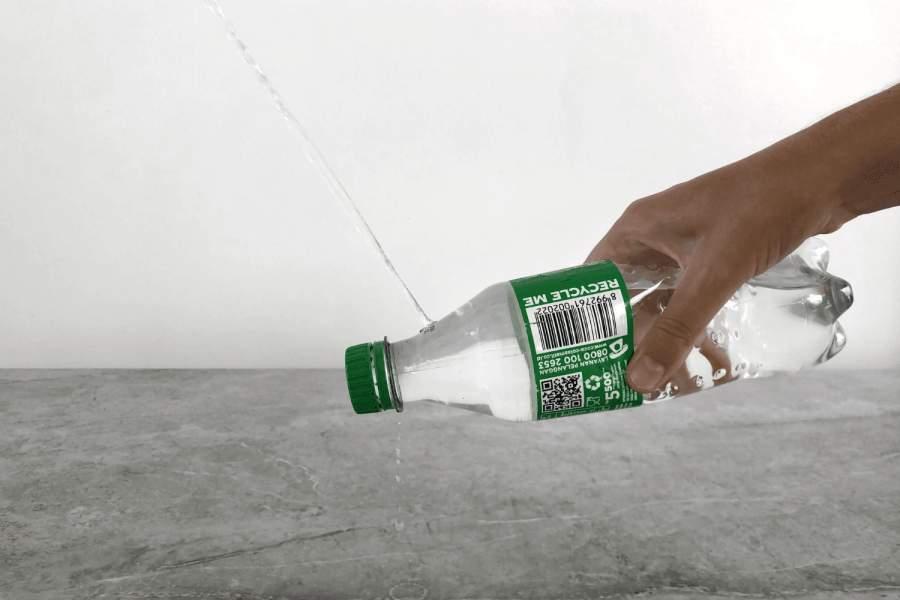If you’re like me, you can’t live without your bidet. They’re indispensable. But also not exactly portable.
That’s where this article comes in. I’ve come up with 7 different ways to clean yourself when you’re out and about or when your regular bidet isn’t an option.
So, what do you do when you don’t have a bidet? The best alternative when you don’t have access to a bidet is to use a water bottle. Carefully make a small hole 1cm under the lid using a pointed metal end such as a corkscrew. Fill the bottle with water and squeeze the bottle to use as a makeshift bidet.
How to clean without a bidet
You might think it’s a lost cause using the toilet without a bidet, but there are several workarounds.
Here are seven different ways to wash without a bidet.
1. Use wet toilet paper
If there’s one thing you can guarantee will be available in any toilet, it’s toilet paper.
If there’s no bidet, some wet toilet paper can stand in.
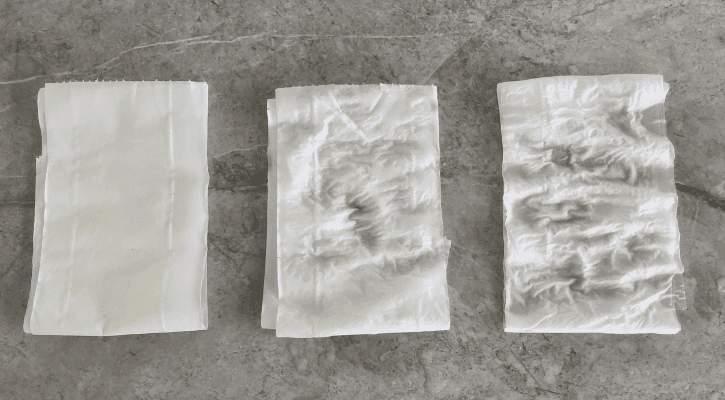
You don’t want to wet the paper too much otherwise, it will disintegrate in your hand. I find it best to sprinkle the water over the paper with your hands until about 60-70% of it is wet.
The dry bits will help keep the toilet paper intact, and the wet bits will clean you.
You can use water from the sink, although this might get you a few strange glances if you’re in a public restroom! To avoid glances, bring a water bottle with you, and you can use that to wet the paper instead.
If you’re going out on a day trip and you know there’ll be several toilet stops, you could plan ahead and bring some kitchen paper with you. Kitchen paper is much stronger than toilet paper and can handle more water.
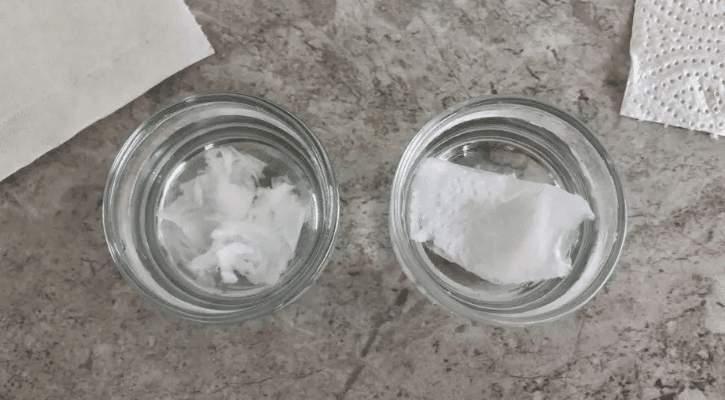
But DO NOT flush the kitchen roll down the loo. It won’t break down and could clog the pipes. Wrap the dirty kitchen roll in some clean kitchen roll and throw it in the bathroom bin.
2. Use wet wipes
Wet wipes aren’t the most eco-friendly suggestion, but apart from that, they’re a good option. If you can, go for biodegradable wet wipes – this drastically reduces their environmental impact.
You can carry around a small packet of travel-wet wipes in your bag or pocket, so they’re always handy when you need them.
Again, don’t flush your wet wipes (unless you specifically have flushable ones). They will clog the toilet.
The wet wipes will also come in useful outside the toilet for things like cleaning your hands or wiping your face after a sweaty activity!
3. Use a shower
If you’re in your own room and you have a hand-held shower head, you can try and use that.
You can either stretch the shower head over to the toilet or get up and stand in the shower.
If the showerhead can reach the toilet, that’s much more convenient. Getting undressed to stand in the shower isn’t always practical.
A downside of using a shower head is that it can be awkward to position. There’s always the risk of getting soaked if you do it wrong.
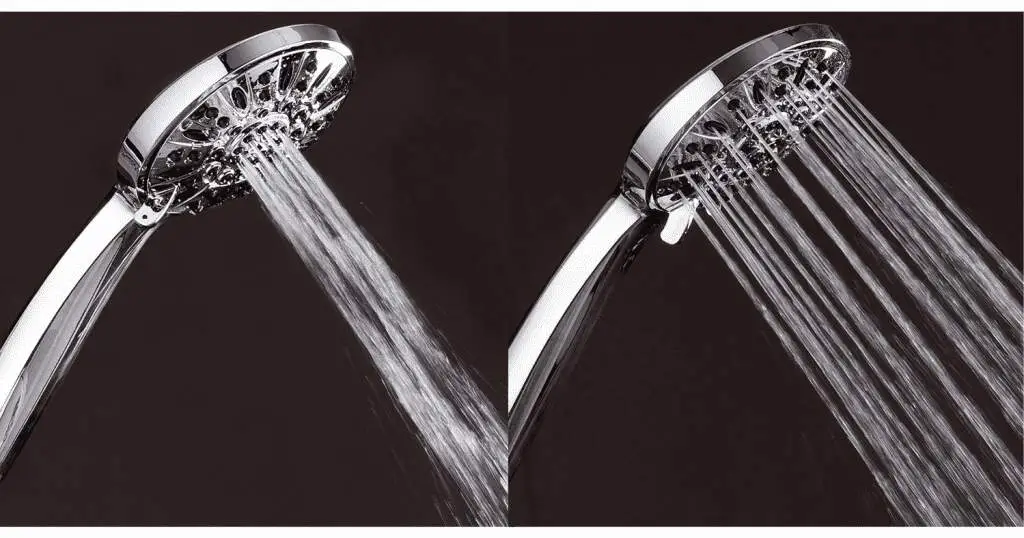
It’s better if your showerhead has adjustable spray settings.
A targeted, pressurized spray is much more effective than a typical spread-out shower spray, and less of you will get wet.
4. Get a portable bidet
If you’re after a more permanent solution, a portable bidet is the answer.
They’re made for use on the go when you find yourself in a bathroom without a bidet.
There are several different types of portable bidets:
- Manual portable bidets
- Electric portable bidets
- A camping bidet (portawash)
Portable bidets (manual and electric)

Manual portable bidets are very cheap. They’re essentially a squeezy bottle with a long spout for a lid.
The spout is cleverly angled so it hits just the right spot. All you need to do is fill the bottle up with water and squeeze. A stream of water will hit your backside just like with a traditional bidet.
Because you’re the one providing the pressure, the water stream from a manual bidet is pretty weak. But it’s much better than nothing.

For a stronger water spray, an electric travel bidet is better (although it still won’t match your home bidet).
Electric travel bidets work similarly to their manual cousins. You fill them up with water and then press a button to release the water stream. The bidet has a long spray wand that you can position however you like.
Electric portable bidets tend to have a smaller capacity than manual portable bidets. But both are small enough to fit in a day bag so you can carry them with you wherever you go.
5. Camping bidets

Camping bidets are bigger but are much closer in power to a traditional bidet. They won’t fit in a day bag but are perfect no-installation options for students and renters who are living in temporary accommodation and don’t want to mess with the plumbing.
They look like a typical hand-held bidet sprayer, but instead of hooking up to the toilet’s water supply, they have their own water supply. A bucket of water.
All you need to do is keep a bucket of water next to your toilet. Then when you want to use the bidet, put the end of the bidet hose in the water and spray it.
When you’re not using it, you can tidy the bidet away into a cupboard or install a hook on the wall to hang it on. I pair mine with a collapsible bucket so I can easily store it away too.
If you ever go away for a long weekend or on holiday, you can take the bidet and bucket with you. You can FINALLY stop restricting yourself to hotels with bidets!
6. How to make a homemade portable bidet
Think you’re a dab hand at DIY? (Honestly, you don’t even need to be).
Why not try and fashion your own bidet? Here are two ideas.
Use an old plastic bottle
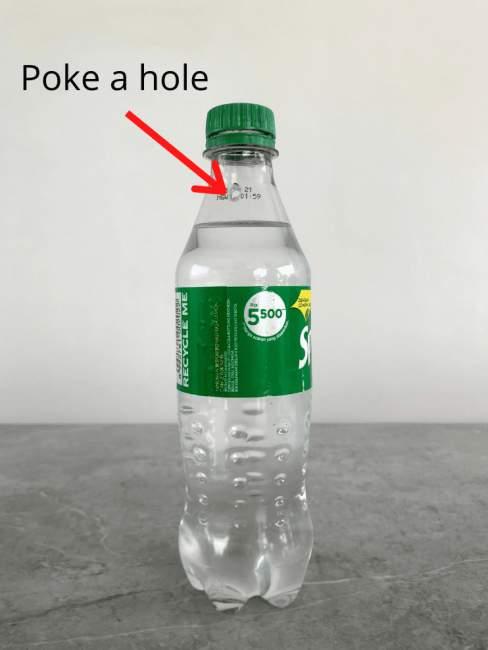
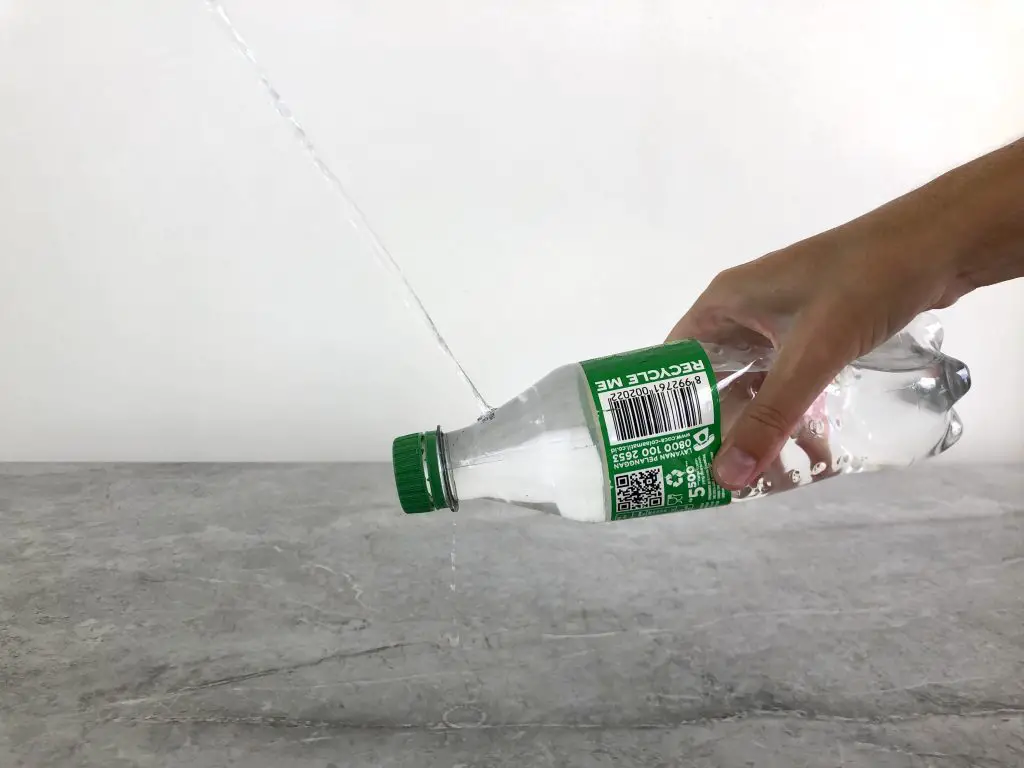
This one’s easy because everyone can get their hands on an old plastic bottle. All you need to do is poke a small hole in the top of the bottle near the lid. You can then aim the hole towards you and squeeze. A small stream of will spurt out.
You want the hole to be about the size of the tip of a pen. Too big and the water stream won’t have enough momentum to reach you. Too small and there won’t be enough water to clean you.
Another option with a plastic bottle is to get a bidet bottle top.

These are simple devices that you screw onto the top of your bottle to make a bidet. They turn your bottle into a portable bidet with a spout for proper aiming.
7. Use a garden sprayer

This option might seem a little strange, but bear with me.
All a bidet needs is a pressurized water spray – and that’s exactly what a garden sprayer provides.
You can either go for a big-sized one (like this one from Chapin) for a more permanent fixture in your bathroom or a smaller handheld one (like this one from ITISIL) that you can carry around with you for longer trips.
If you go for the larger-sized one, you’ll need to make some modifications to the spray head before the garden sprayer is usable. The spray head on most garden sprayers is very long and straight, which makes it really hard to aim properly.
To solve this, you can attach a plastic bidet sprayer head.
- Get a hand-held bidet sprayer with a plastic hose
- Cut the end of the hose off so it’s just a plastic tube left
- Cut the spray head off the garden sprayer so it’s just a plastic tube left
- Attach the two ends of the plastic pipes together using a connector joint (or if you’re lucky you’ll be able to slide one into the other and secure it with tape)
When you’re done, you can test the system. Fill the garden sprayer up with water, pump it up a few times and test the spray head. It should work perfectly. Don’t go overboard with the pumps because the spray can get VERY pressurized and you don’t want to hurt yourself.
What do you do when you’re away from your trusty bidet? Get in touch and let me know.
